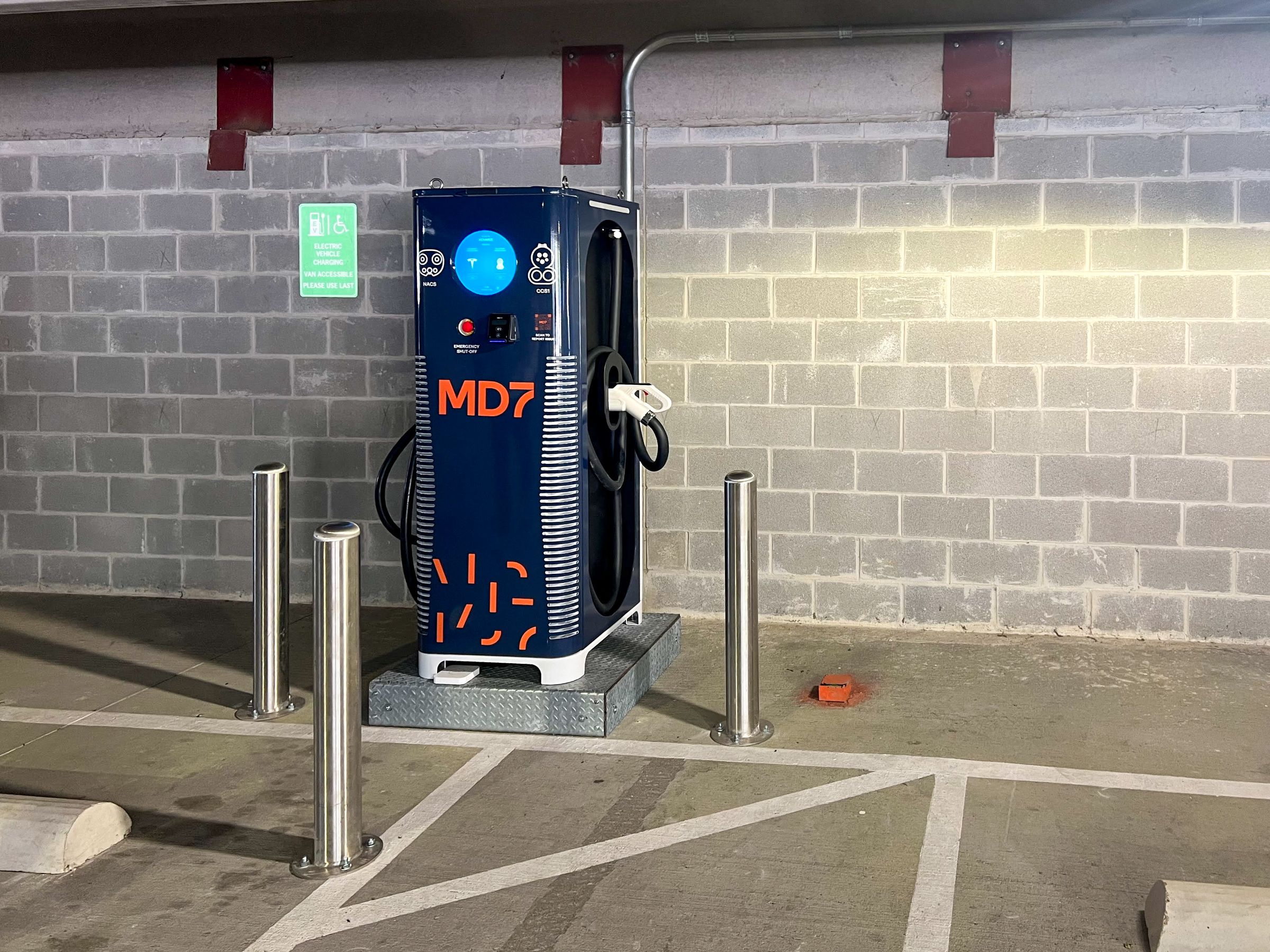Streamlining Small Cells Entitlements at the State Level
At last week’s Connectivity Expo or “Connect (X)” show in Charlotte, North Carolina, panel moderators and audiences alike asked the tower companies and carriers whether they were looking for intervention by the Federal Communications Commission to help streamline the entitlement process for small cells at the federal level. It might surprise you to hear that the answer was, pretty uniformly, “no.”
Instead, the industry is hoping that reasonable state and local legislation will strike the right balance between the government’s interest in safe and responsible deployments and the industry’s drive to build the wireless network demanded by the consumers located in the very same area.
As shown in the map above, provided by the State Capitals: Building a 5G Future panel at Connect (X), seventeen states have already enacted legislation streamlining small cell siting, with one more state legislature having passed a bill that is awaiting the governor’s signature.
In jurisdictions like California, where the carriers and tower companies have long been looking for outside relief from the difficulties in clearing local entitlement challenges for small cells, attempts to pass state level relief have not been successful. California’s most recent attempt to tackle the issue, Senate Bill 649, was passed by the state legislature but ultimately vetoed by Governor Jerry Brown at the 11th hour. Panelist Monica Gambino, Vice President, Legal for Crown Castle, said it was not clear whether the state would see another piece of small cell legislation before Governor Brown is termed out of office this year.
The scope of issues facing California are not unique:
- What are appropriate fees?
- How do we achieve the right balance in residential areas?
- What are the design solutions for communities with underground utilities?
We hope that California and the other states facing small cell siting challenges, like the seventeen states before them, find workable solutions to these issues. If the industry is to support the vision of 5G, and the promises of self-driving cars, smart cities, the internet-of-everything, and the technical developments in connected devices that we haven’t yet even dreamed of inventing, the industry will need help breaking through the current barriers to deployment.




